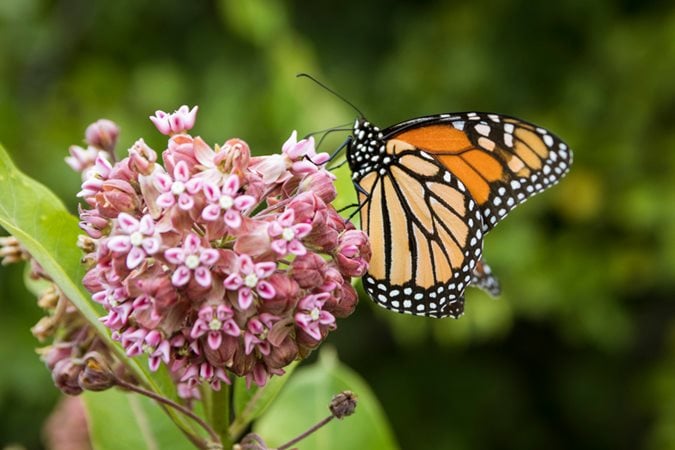
Ascelpias tuberosa (butterfly weed): this is a popular native milkweed grown throughout North America. It’s also an extremely popular nectar source for late season monarchs in our northern region.įind Asclepias Curassavica Plants and Seeds on Joyful Butterflyįind Tropical Milkweed Seeds and Plants on AmazonĤ. It’s reported by many to be one of the most popular species for egg laying females. Asclepias curassavica (Tropical Milkweed) serves double duty for the monarchs. It’s native to the western half of the US and Canada:ģ.

Asclepias speciosa (showy milkweed) has deep pink, fragrant flowers with a star shaped white center. Swamp Milkweed Seed and Plants from AmazonĢ. Swamp Milkweed Plants and Seeds from Joyful Butterfly It’s native across most of the US and parts of Canada: Asclepias incarnata (swamp milkweed) offers pretty pink blooms and a sweet vanilla scent. Otherwise, there is a good chance your monarch caterpillars will run out of milkweed!ġ. Tip: all milkweed varieties should be planted in groups of at least six plants. These varieties are utilized as both host plant for caterpillars and a nectar source for butterflies. Milkweed is the cornerstone of a successful butterfly garden and planting a mix of both native and non-invasive annuals will entice more monarchs to enter your garden gates.
#Small butterfly garden design plans free#
If you need more ideas and inspiration for your butterfly garden, sign up for our 100% free butterfly tips newsletter. Planting a field for Pollinators? Click here for more infoįield of Monarch Dreams by In Awe of God’s Creation.
#Small butterfly garden design plans full#

This gives you the best chance to grow thriving plants! Research soil requirements for all your plants. For plants with uncommon soil requirements you can amend the soil in that area, or consider potting the plant. Compost is an excellent additive for increasing organic matter in your soil. Not all plants require the same soil conditions, but many butterfly plants prefer well-drained soil that’s rich in organic matter. Some plants outside your zone can be treated as annuals. The USDA has created a plant hardiness zone map to let you know what plants are appropriate to plant in your region.

Sightings maps from Journey North reveal where and when monarch sightings are reported. When are monarchs usually in your in your region? If you’re in the western U.S., check out western butterfly garden resources.Ģ. = Assess Your Situationīefore you start creating your monarch butterfly garden garden, it’s important to research some basic info to help guide your garden decisions.Ĭheck out this helpful global distribution map to make sure it’s possible to get monarch butterflies in your region. If you have any questions after reading this post, please post them in comments at the bottom of this page. If I was starting a new monarch butterfly garden, these are the essential tips, tools, and techniques I would implement to start seeing more monarchs this season. I’m here to help you get down the basics, so your butterfly garden gets off to a flying start. When starting a monarch butterfly garden there are many points to consider, and those first decisions will have a big impact on your eventual butterfly garden success…or failure.īut even if you’ve already made unfortunate decisions creating your garden, it’s never to late to assess your situation, and make a course correction that will guide more butterflies into your garden. I think it’s especially true when you’re not sure where to begin. I’m sure you’ve heard the saying the first step is always the hardest. But every new monarch butterfly garden that emerges can have a positive impact on their struggling population.


 0 kommentar(er)
0 kommentar(er)
